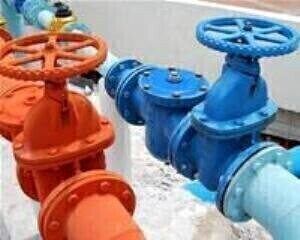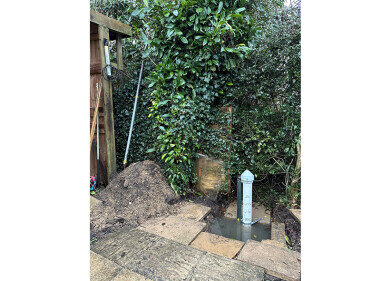Water/Wastewater
Is Southeast Asia Experiencing a Crisis in Water Quality?
Apr 26 2023
The water quality crisis in Southeast Asia is a multifaceted problem, arising from rapid industrial growth, urban expansion, population increase, and the impacts of climate change. The situation presents significant obstacles for the area, as water is not only essential for survival but also a fundamental human right.
The 2023 UN World Water Development Report reveals that, despite the global population with access to safely managed drinking water services rising from 70% to 74%, substantial disparities persist both between and within regions. Around 844 million people worldwide lack safe water, with approximately 110 million living in Southeast Asia.
Climate change has intensified water-related challenges in the region. The Mekong River Commission acknowledges that the construction of dams, coupled with climate change, has resulted in extreme fluctuations in Mekong River water levels, leaving some areas with minimal flow even during the rainy season. Climate change exacerbates existing issues like sediment loss, salinity, and erosion in regional waterways, acting as a "threat multiplier."
Various sectors, including agriculture, manufacturing, and waste management, threaten water quality in Southeast Asia due to inadequate wastewater treatment, excessive chemical use, and other factors. Waterborne toxic contaminants have been linked to cancers, cognitive and learning disabilities, birth defects, and diabetes, among other negative health consequences.
In many locations, the provision of water services is insufficient and unequal, with a noticeable gap between urban and rural access. In some instances, water privatization has led to limited coverage and high costs. For example, in Jakarta, Indonesia, by 2017, only 59.4% of residents had access to piped water, despite a public-private partnership project promising 98% coverage.
Sanitation in the region is also underfunded and distributed unevenly. In Cambodia's urban centers, there is a stark contrast between universal sanitation access for the wealthiest and only 53% access for the poorest quintile.
Mining activities, too, pose a specific risk to water quality. The UN has pointed out the Philippine government's failure to safeguard the water rights of indigenous peoples and local communities surrounding Didipio, in northeastern Luzon, due to gold- and copper-mining activity in the area.
To address Southeast Asia's water crisis, a comprehensive approach is needed, involving government recognition and support for the right to safe water, businesses taking accountability for their effects on water systems, more stringent health protection standards for water contaminants, and a more prominent role for national human rights institutions in upholding the right to water. Additionally, public participation and access to information about water pollution, sanitation, and water services are crucial.
Encouraging initiatives, such as nature-based solutions for coastal resilience and closed-loop ecological systems in agriculture, provide optimism for the region's future. Nevertheless, a collective effort to safeguard people's rights to clean water is an essential step in addressing the water quality crisis in Southeast Asia.
Digital Edition
IET 34.2 March 2024
April 2024
Gas Detection - Biogas batch fermentation system for laboratory use with automatic gas analysis in real time Water/Wastewater - Upcycling sensors for sustainable nature management - Prist...
View all digital editions
Events
May 03 2024 Seoul, South Korea
May 05 2024 Seville, Spain
May 06 2024 Minneapolis, MN, USA
May 13 2024 Munich, Germany
May 15 2024 Lund, Sweden


















